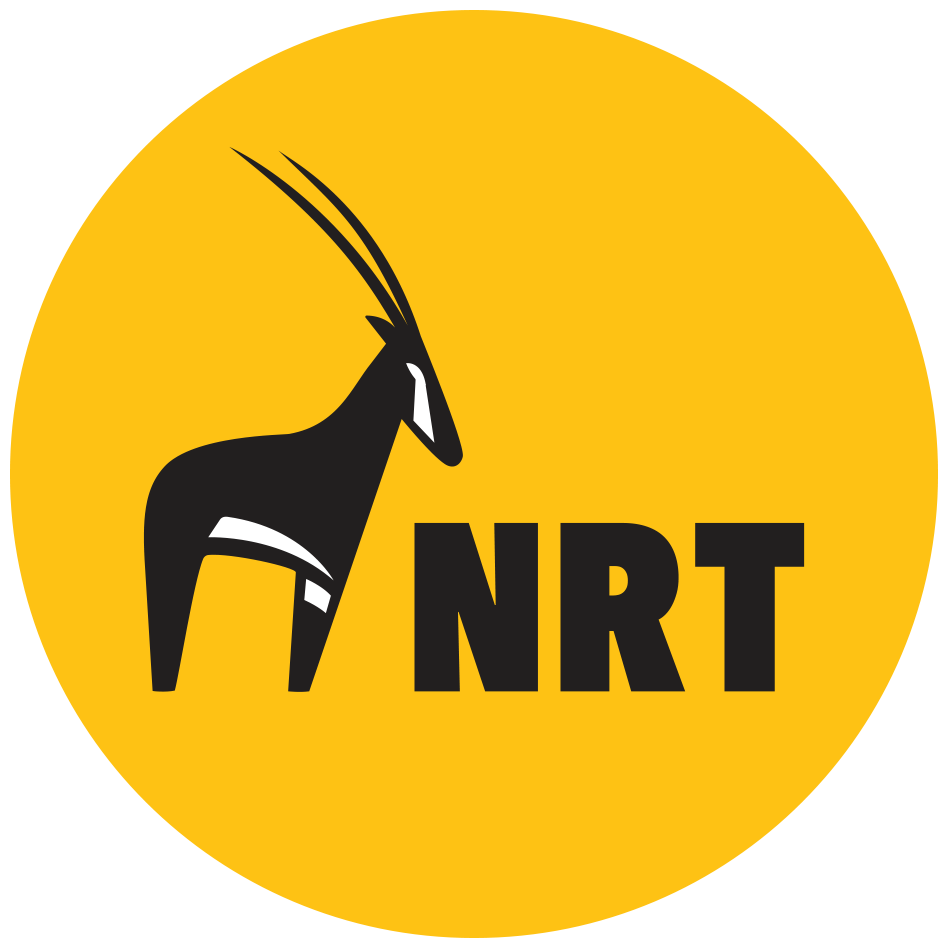Aerial Count Reveals Increase in Nakuprat-Gotu Oryx
The results of an aerial count conducted in Nakuprat Gotu Community Conservancy in July 2020 revealed a 10% per annum increase in the population of Beisa oryx in the area. An estimated 880 individuals were counted, compared to 709 individuals in 2018. However, livestock numbers had also increased five fold since 2018, necessitating the need for the Conservancy to address potential resource-competition threats.
Beisa oryx are listed as ‘endangered’ by IUCN, with populations in decline across much of Africa. Habitat loss, hunting, and competition with livestock for pasture all threaten the future of this majestic antelope - and there are now only an estimated 8,000 - 9,000 individuals left in the wild.
Nakuprat-Gotu Community Conservancy is home to a substantial number of oryx, and so with support from NRT and partners including Fauna & Flora International, the Conservancy started a focused Beisa oryx conservation program, intensifying anti-poaching patrols, raising awareness in villages through dialogue and sport, and starting school conservation clubs.
The recent aerial count revealed that these efforts are helping to support an increase in Nakuprat-Gotu’s oryx population. A 5.5 hour aerial count conducted in July 2020 - which covered the same 560 square kilometre area counted in 2018 – revealed an estimated 880 individuals, up from 709 individuals in 2018. This is a 10% per annum increase, thanks to community efforts.
Oryx aren’t the only animals to have increased in number. Conservation efforts are also benefiting giraffe, whose numbers were also up from 2018.
However, livestock numbers (sheep and goats in particular) had also increased five fold, posing a threat of competition for resources and reinforcing the importance of a community-led, all-season grazing management plan.
A new rainwater harvesting earth pan is also being constructed in the area, which could lead to increased human and livestock activity in the Beisa oryx range. With the data from this aerial count, and other data collected by conservancy rangers, the Nakuprat Gotu conservancy management team could work with the National Environmental Management Authority (NEMA) to propose an alternative site for the dam away from the Beisa oryx home range.
Ongoing oryx conservation plans will be supported by the International Union for the Conservation of Nature (IUCN), as well as by NRT’s core programme supporters including USAID, The Nature Conservancy and DANIDA.
What did we learn from this survey?
The counting team suggest the next survey is conducted in September when the wind is calm, and Acacia tortilis trees have shed all their pods. This will make flying safer and more comfortable and animals will not be hidden under trees looking for acacia pods.
Where possible - use two aeroplanes for the count rather than one plane over two days. The Oryx have been noted to be around the springs during the day and move to grazing areas at night.
Conduct two counts per year targeting both the dry season and wet season to understand seasonal variation in distribution and numbers over the same area.




